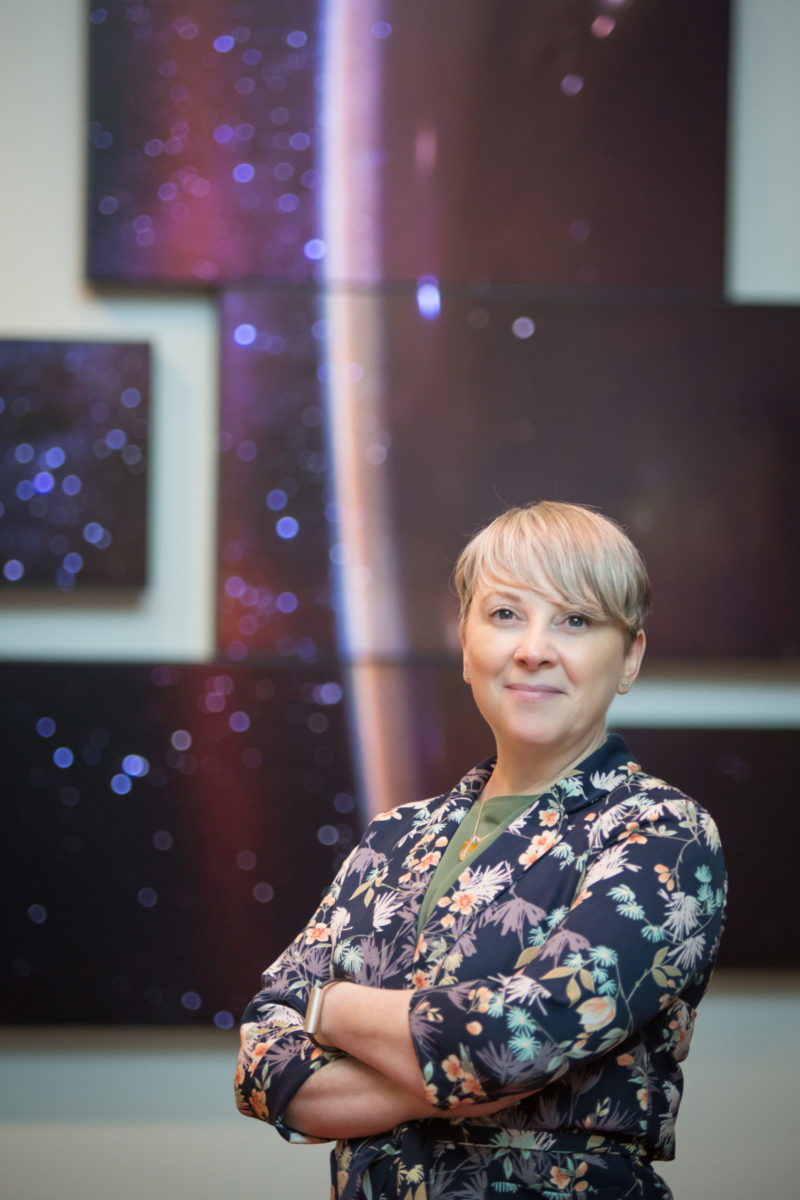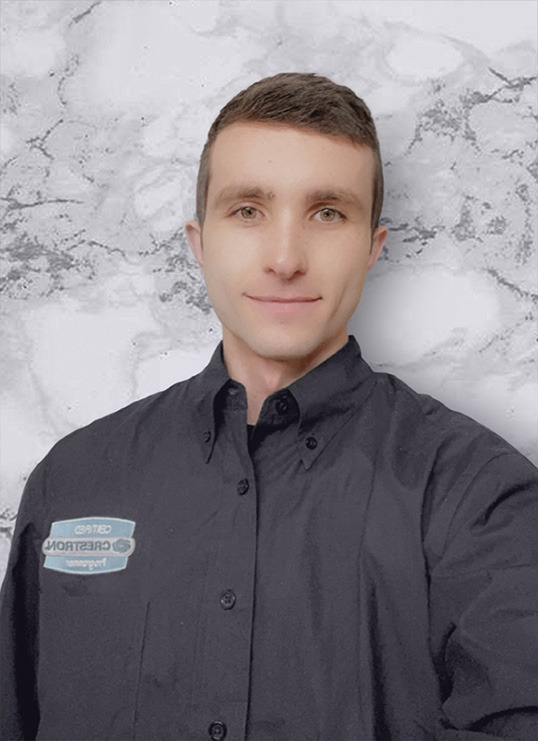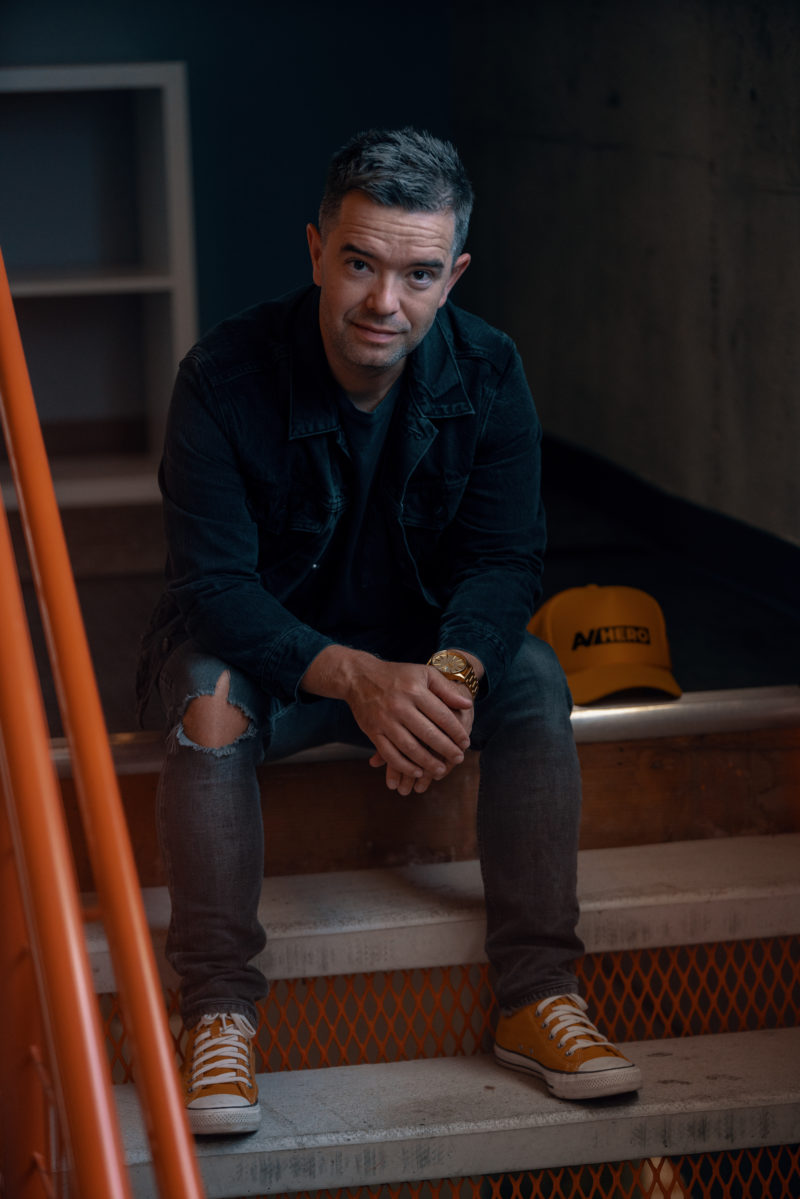AV Insider Spotlight :Kim Burgess, Technology Integration Specialist – Australia
Every week, I am highlighting on some of the incredible people who are in the Audio Video Industry. As this blog is mostly about AV insiders, today we are profiling Kim Burgess .

Here is a brief intro about Kim.
Part developer, part designer Kim Burgess is a technology integration specialist based out of Melbourne, Australia. Working with the team at Ci, he spends most of his time in the R&D lab experimenting with better ways to design and create integrated systems for modern, connected environments.
1.Describe your journey in the AV industry? How did it start?
I started off in live production as a teenager. Mixing bands (badly), rigging lights, messing with underpowered projection, and everyone’s right of passage – loading trucks. I was also introduced to software dev from a pretty early age and was always messing around with building digital things.
When I was at university I got into computational art and started realising I could combine those areas — sound, light and software. It was about the same time I realised I also needed money for food and rent and applied for a job at an integrator as a ‘control systems programmer’. I had no idea what that was, but it sounded interesting.
2.What do you think is the challenges that are facing a new person who wants to join the industry.
I’d have to say one of the hardest things an ‘outsider’ would face is how to get an initial step in. It tends to be a pretty tight-knit and incestuous industry. I found a few people who were prepared to give me a chance, teach me what they knew and give me time to learn. If you want to get into the industry, find those people. If you are already in the industry, be those people.
3.What are the positives of working in this industry
We get to play with awesome tech every day. We create experiences that are either designed to leave a lasting impression, or be so seamless that they are not noticed at all.
On the programming side, you are building things in the physical world, working on absolutely unique projects, and generally spending your day with people who are passionate about what they do. To me that is so much more enjoyable than say sitting in a cubicle building accounting software.
4.What in your opinion would you change in the industry? What are the negatives that are prevalent ?
For a tech based industry, things can move pretty slowly. This doesn’t really cut it. There are pockets of the industry where continuous learning doesn’t always seem to happen. People get comfortable, then continue doing things in a certain way, rather than iterating, improving or experimenting. There’s something to be said for approaching things in a standard manner, but the balance goes both ways.

[RELATED] : If you have missed any of the previous interviews, please click here.
5.Describe a typical work day for you. What are your daily disciplines?
I’m up at 5am every morning to go for a jog, before some mediation and a healthy breakfast of organic… Ha, just kidding. I drag myself kicking and screaming out of bed, usually much later than what is socially acceptable, before going in immediate search of coffee.
I use a motorbike to avoid traffic and have my helmet fitted with a couple of bluetooth speakers. This lets me listen to a few AV industry and general tech industry podcasts while I’m on the ride into work.
Generally, I’ll catch up with a couple of the guys once we all arrive in the morning for coffee and a chat about what’s on before diving in for the day. Depending on project load / how caught up I get in something the ‘office’ component of the day will run though until somewhere between 5pm and 10pm. This is made up of a mix of equipment R&D, software dev, UI design, bug fixes and documentation interspersed with reading up on new research, products and general tech industry news. During the day I try to batch all emails too—clearing my inbox 2 – 3 times a day then closing it outside of this.
In the evening I’ll usually have another couple of hours messing around with personal projects, going through some interesting things happening in the creative coding / interactive visuals / nerd art world mixed in with spending time with my girlfriend, catching up with friends, or going for a ride on the bike.
6.Describe the apps and gear that you use daily which makes you more productive?
My number 1 tool would be my Macbook Pro. I would easily spend 10+ hours every day on it. So many people in the industry complain about them being too expensive, but I can’t stress this enough: it doesn’t need to be a Mac (or any particular brand) but do not under any circumstances cheap out on a tool that you use this much. This applies to both companies and individuals.
On the hardware front, when I’m at the office it’s accompanied by a 32” 4K monitor, decent headphones (really digging the Parrot Zik‘s at the moment), an iPad running Paper along with Pencil for quick sketching / diagrams (I can’t stand physical paper) and a standing desk. When I’m on site / out and about my kit includes the iPad which provides an extended monitor via AirDisplay, a BluePort XP bluetooth serial port and a little bag of adapters for most connector / signal types and a tweaker. Things come and go but my constraint is that all my kit needs to fit comfortably in a small backpack.
Software wise my main tools are Sublime Text for nearly all coding (unless you’re really forced to use a full IDE), git for revision management, Sketch for creation on image assets for UI’s—I’ve recently started using proto.io quite a bit for prototyping too. Wireshark helps out with a bunch of troubleshooting and protocol sniffing, and if you’re on OS X / linux learning the basic command-line tools let’s you do almost anything you could imagine for network and system probing.
When I’m working I’ll like to have Spotify with some IDM or trance, or brain.fm running to help block out external distractions ad stay focused. For task management Todoist helps me keep track of smaller items (both personal and work related), anything bigger usually gets a Trello board spun up.
Internally at Ci we use Slack for a fair chunk of communication and can escalate to video via some integration with various web-based video conferencing services. All file storage and document sharing is handled by Box too. The combination of these helps make it super simple to stay up to date regardless of where you are.

Please drop your questions in the comments below and i will make sure that she sees them.
For more information about Kim Burgess , please find a few links.
https://twitter.com/_______kim
https://github.com/KimBurgess
https://linkedin.com/in/kimburgess
http://ciasia.com.au/
Next week we will be featuring another AV Insider so please stay tuned.
*****
Did you like this post? Connect with me on LinkedIn or just sign up for my free email newsletter.





